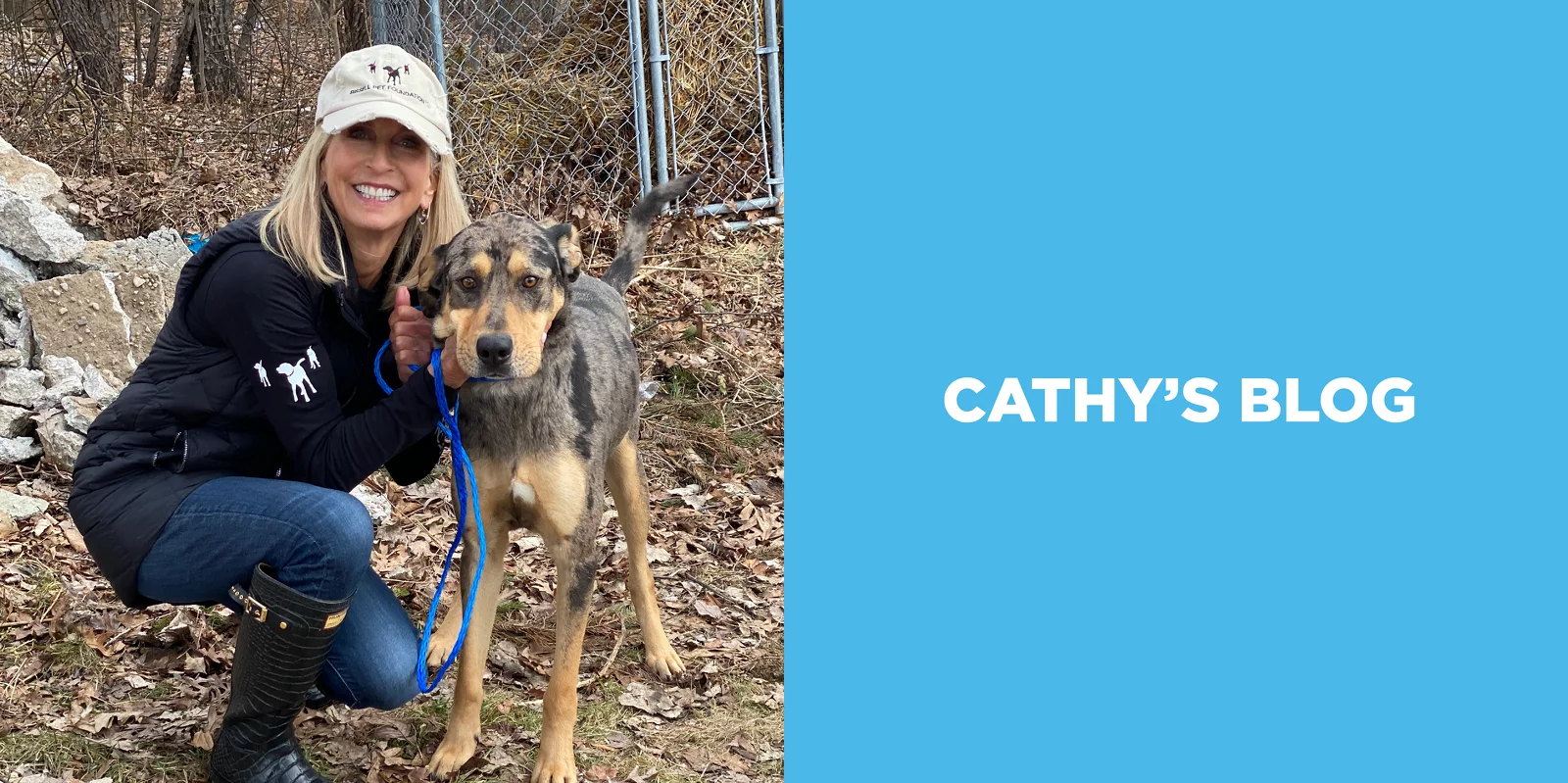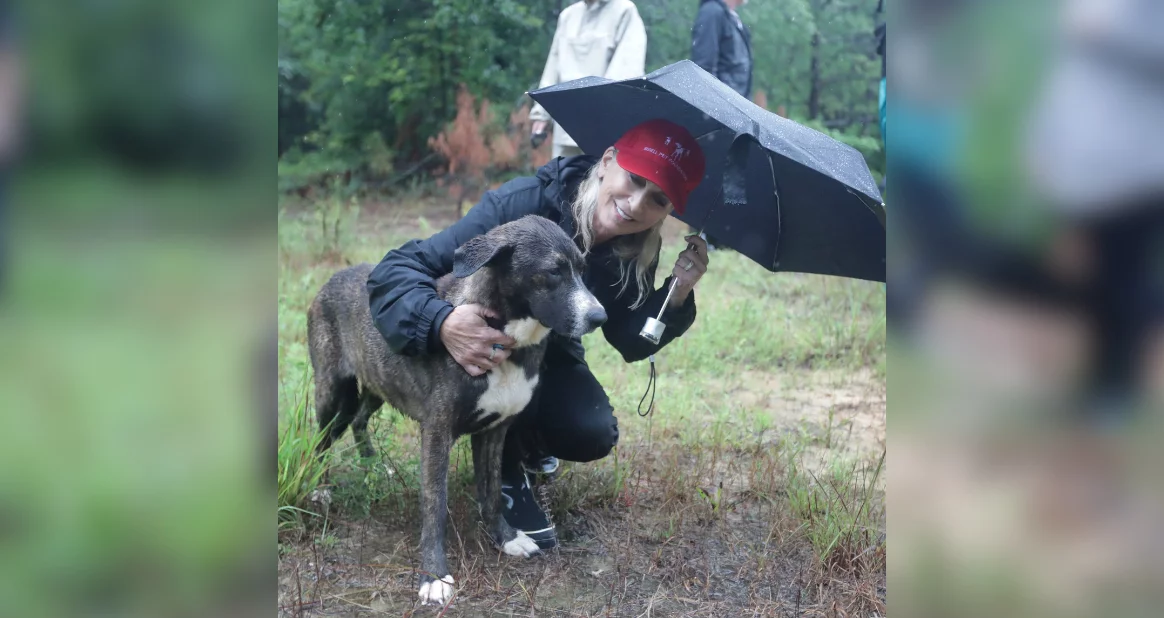Payment Options: Low-Hanging Fruit for Access to Veterinary Care
Access to care is weighing heavy on my mind. As an industry, we must adapt and consider new options to help pet owners provide care for their pets. I wanted to know more about what’s happening in the industry and the impact on families, so I asked expert Heather Cammisa, Chief Enterprise Officer at Open Door Veterinary Collective. This nonprofit works to expand access to veterinary care and is the home for PetHelpFinder.org, a free locator that connects pet families with financially friendly pet services nationwide. Here is Heather’s insight on why payment options should be available everywhere and what you can do.
Until every pet has a home,
Cathy Bissell
One in four pet families are unable to access needed veterinary care.
When diving into segments of our population, we know that rate can be much higher. For example, in pet programming research for Meals on Wheels America, we found that one in two homebound clients with pets reported being unable to access needed veterinary care. Nearly one in three clients reported having foregone important care for themselves to provide for their pets.
Across all segments, across all studies, the top barrier to accessing veterinary care is “financial.”
Too often, though, the resulting conversation has focused solely on the cost of care. What about how we enable people to pay for care?
Last summer, we published research in the peer-reviewed journal Frontiers in Veterinary Sciences exploring the potential implications of 3rd party managed payment plans (no more front desk team making phone calls) that do not rely on a hard credit score.
The results surprised even us.
Why Do Pet Families Need Payment Options?
A significant number of pet families do not have financial reserves and cannot qualify for the most common credit “solutions” used in veterinary clinics nationwide. CareCredit® is in about 70% of veterinary practices, with ScratchPay® in around ⅓ of veterinary hospitals. Both require hard credit checks and charge clinics 5, 10—even 15%—of financed amounts, depending on the term and other factors. These also carry a risk of up to 26.99% interest to the client if payments are missed after promotional periods. To be clear: they are a solution for some and an important tool. However, when clients are declined, many patients, clients and clinics are left stranded. This can result in foregone needed care—for the pet and/or the person—pet surrender or, tragically, economic euthanasia.
Important Statistics
- 60% of American workers live paycheck to paycheck, and living paycheck to paycheck is found among 62% of those earning $50,000–100,000 per year and 30% earning $250,000 per year or more. It’s not just “low-income” households that are cash-strapped.
- 70% of Millennials live paycheck to paycheck.
- Millennials are now the largest pet-keeping age cohort in America.
- When unable to afford a bill, 40% + of Americans would not qualify for the hard credit check tool most commonly in use in veterinary clinics nationwide.
- 22% of Americans are not scorable due to a thin or stale credit file or are considered “credit invisible.” (Picture the older pet owner who lives on a fixed income and paid off their house and debts years ago. They could very likely be unscorable due to a stale credit file.)
- Pet insurance operates under a reimbursement model requiring the pet family to pay up-front.
- Financial fragility—the inability to come up with $2,000 in 30 days—is an oft-cited statistic to identify Americans’ ability to respond to financial shocks such as an unexpected auto repair or health care bill. In a recent JAVMA study, financial fragility was found at all income levels of pet owners studied and was found to impact the perception of the ability to access veterinary care by the pet family.
Our research indicates that there is a significant opportunity to expand access to care and optimize scarce resources through the implementation of expanded payment options to meet the large portion of the population who are cash-strapped and credit limited.
Specifically, our analysis of six years of VetBilling® data finds a veterinary care multiplier of 14.5 is made possible over use of discounts in the case of private practices or grant funds in the case of nonprofits.
In short, this means a nonprofit can use a $100,000 grant to provide access to care to enable $1,450,000 of care in their community. Likewise, a veterinary practice could provide $145,000 in veterinary care instead of $10,000 in annual discounts to clients struggling to pay a bill. The analysis and findings were done by examining a subset of data where a soft credit rating signaled that CareCredit® would have likely declined the client.
There are many hurdles in solving access to veterinary care challenges, and many of them are hard. Adding payment options is a relatively easy one, especially as these payment tools are readily available, managed by professional firms, and align with today’s consumer expectations of payment options in our society.
Here’s What You Can Do
Add professionally managed pay-over-time options to veterinary services in your community at your nonprofit and encourage your local veterinarians (even your personal veterinarian) to do the same. The first two options we recommend are VetBilling® and Varidi®.
In summary, the current market failure in veterinary services around payment tools is correctable. In the research, we found that among those who were unlikely to qualify for CareCredit®, ScratchPay®, or other hard credit programs, 93.1% of total care was paid in full by the client. While some people need full or partial subsidy, many people can pay—they just need to pay over time. The prevalence of cash flow and credit challenges among the US population show us this reality. Let’s put a nose on the payment plan data analyzed: those pets received care. The clinics got paid 93.1% in full, better than 10% discounts or a 12 or 18-month traditional credit clinic fee (10 to 15%). The client was met with a plan they could afford, and they had the dignity of caring for their animal and paying their bill.
Let’s make this the norm.
About Heather Cammisa
Heather is the Chief Enterprise Officer at Open Door Veterinary Collective, a nonprofit that works to expand access to veterinary care and the home for PetHelpFinder.org, a free locator that connects pet families with financially friendly pet services nationwide, bringing together nonprofits, private practices, funders, voucher programs and corporate veterinary providers to build community in solutions to sustainable access to care. She holds a master’s degree in Economics and worked in financial and social economics before devoting her career to animal welfare. She is a Certified Animal Welfare Administrator and holds a graduate certificate in Wildlife Conservation and Forensics from the University of Florida Veterinary School.
Cited Research:
Access to Veterinary Care Coalition, University of Tennessee Veterinary School: https://pphe.utk.edu/access-to-veterinary-care-report/
Meals on Wheels America Pet Programming and Clients Needs Assessment: https://www.mealsonwheelsamerica.org/docs/default-source/research/pet-programming-and-client-needs-assessment_final-report.pdf
American Pet Products Association on Millennial pet ownership: https://www.americanpetproducts.org/press_releasedetail.asp?id=1252
Paycheck to Paycheck PYMTS May 2022: https://www.pymnts.com/economy/2022/millennial-minute-70-of-millennials-live-paycheck-to-paycheck
Financial fragility and demographic factors predict pet owners’ perceptions of access to veterinary care in the United States. https://avmajournals.avma.org/view/journals/javma/260/14/javma.21.11.0486.xml?tab_body=abstract
Payment options: An analysis of 6 years of payment plan data and potential implications for for-profit clinics, nonprofit veterinary providers, and funders to access to care initiatives: https://www.frontiersin.org/articles/10.3389/fvets.2022.895532/full




